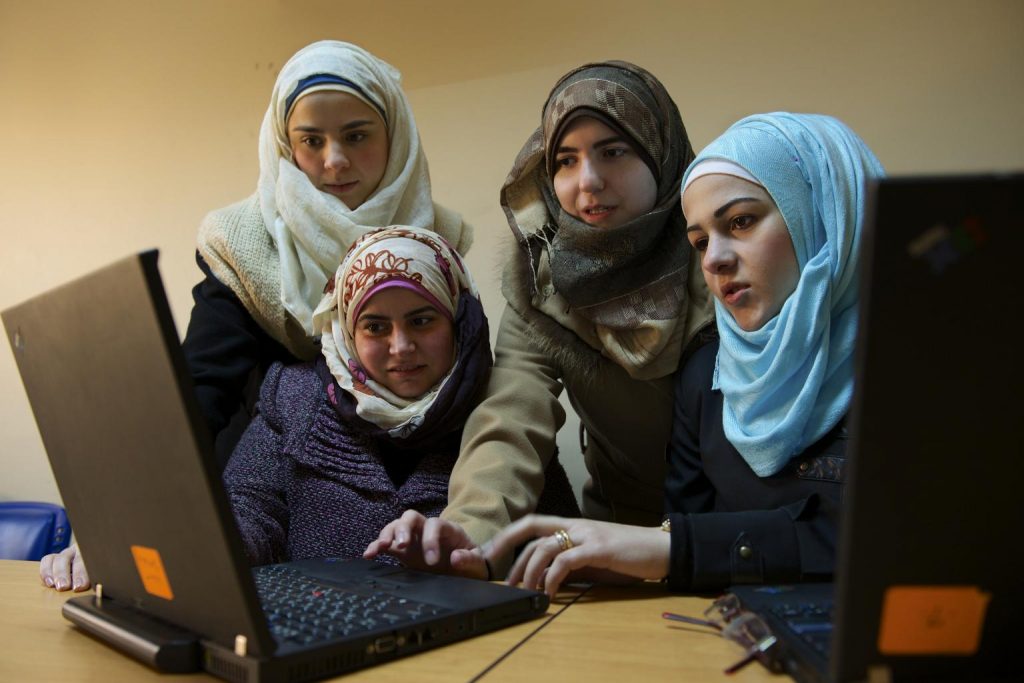The creation of women and girls safe spaces (WGSS) has emerged as a key strategy for the protection and empowerment of women and girls affected by the Syrian crisis. This document provides an overview of what safe spaces are and what key principles should be followed when establishing such spaces in humanitarian and post-crisis contexts. This guidance is based on the experiences of UNFPA and its partners in Jordan, Lebanon, Iraq, Syria and Turkey. It also refers to experiences documented by the Gender-Based Violence (GBV) coordination mechanisms in Jordan and Lebanon.The key objectives of a safe space are to provide an area where women and girls can socialize and re-build their social networks; acquire contextually relevant skills and access multi-sectorial GBV response services and information on issues relating to women’s rights, health, and services. In the Syrian context, women have become more isolated as a consequence of the crisis but evidence suggests that the establishment of women- and/or girl-only spaces helps to reduce risks and prevent further harm during acute emergency responses.
Basic principles need to be applied when establishing and managing a safe space, for example the empowerment of women and girls, the prioritization of the safety and confidentiality of women and girls accessing the centre, the convenience of the location, the mobilisation of community support for the safe space and the varying needs and experiences of women and girls accessing the safe space taking into account a varied age range.This resource contains guidance on how to establish and run women and girl safe spaces which includes: Conducting initial assessments (should be participatory and should take a coordinated, inter-agency approach); Staffing (there are certain basic roles that often appear in a safe space); activities and services (which include psycho-social and recreational activities alongside information services and need to be finalized in consultation with women and girls so they are appropriate); Support to GBV survivors (Having a clear referral pathway); Monitoring and evaluation (tracking development, identifying gaps, consulting with users) and phase out (developed in close consultation with the community). Annexes attached to the guidance are as follows: Do’s and Don’ts: a checklist for establishing women and girls safe spaces; Assessment questions; Women and girls safe spaces versus other spaces; Possible locations; Sample organogram and job descriptions.



